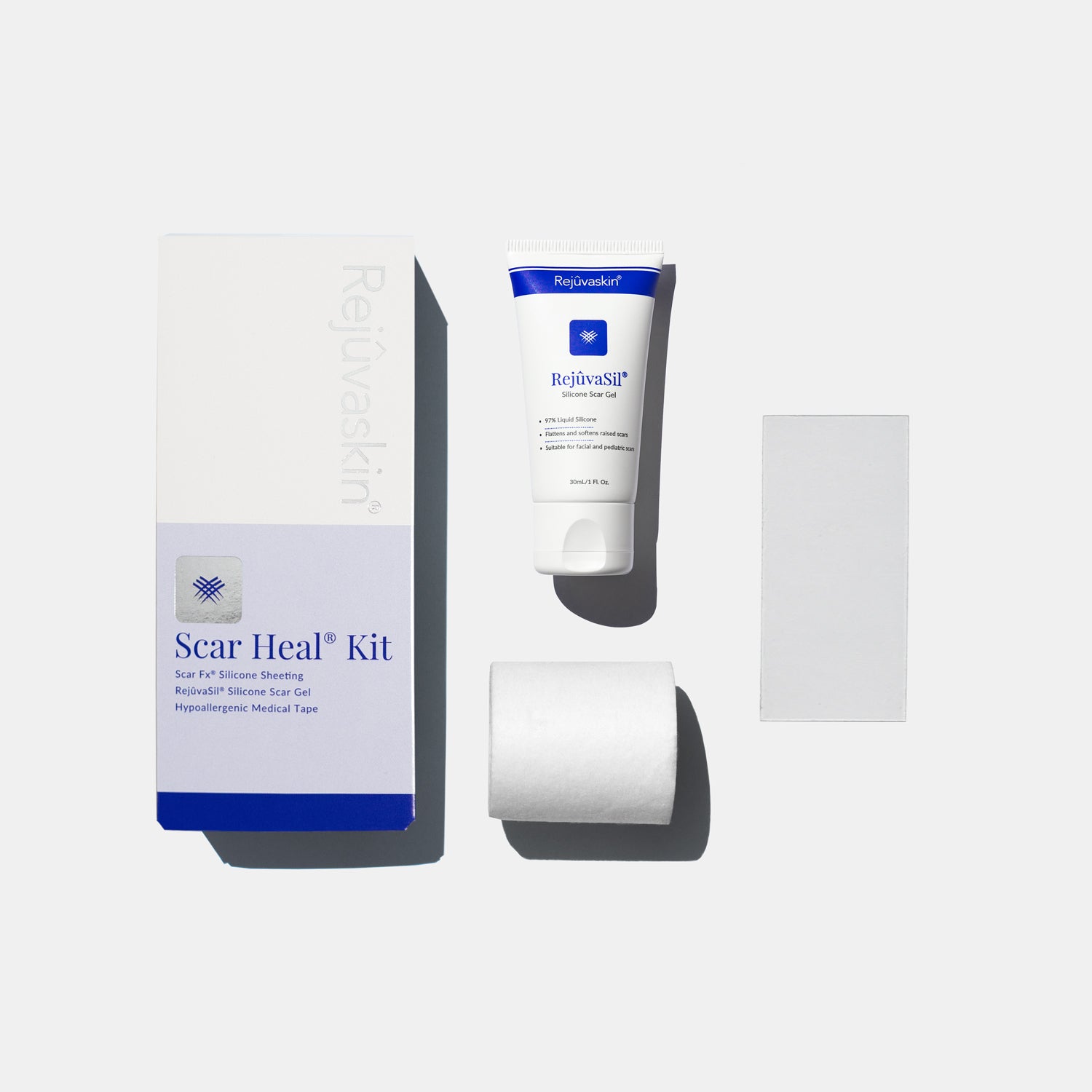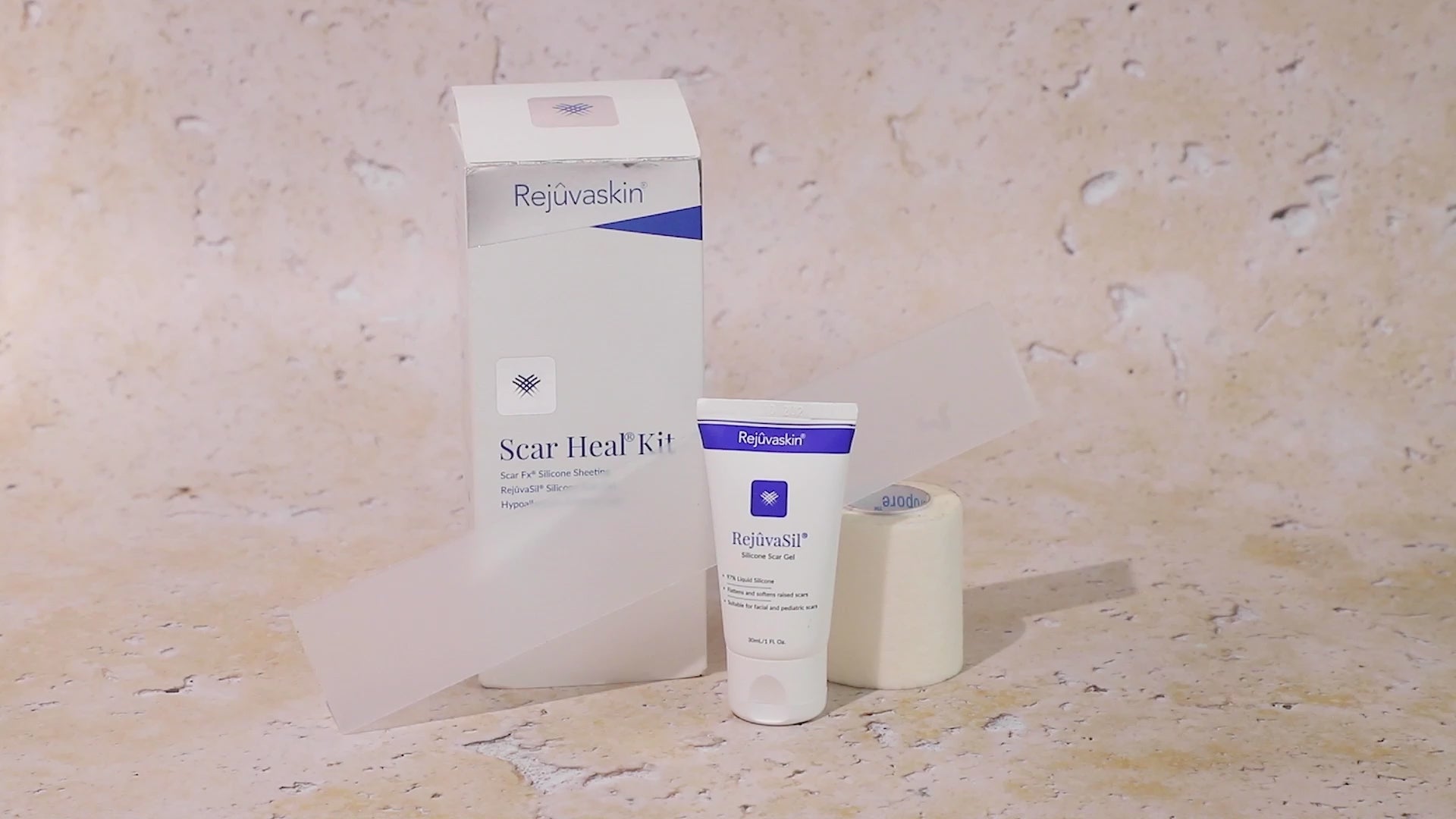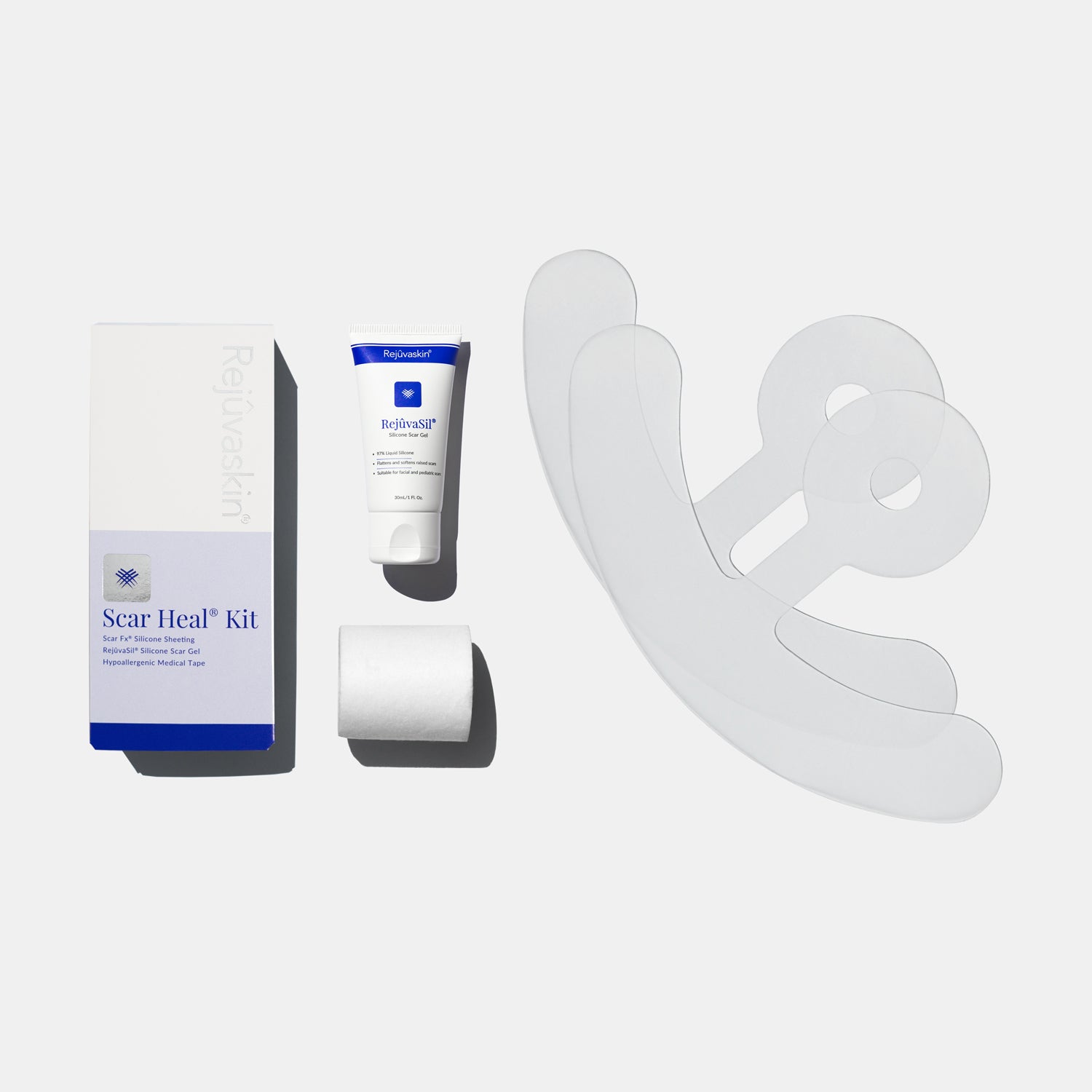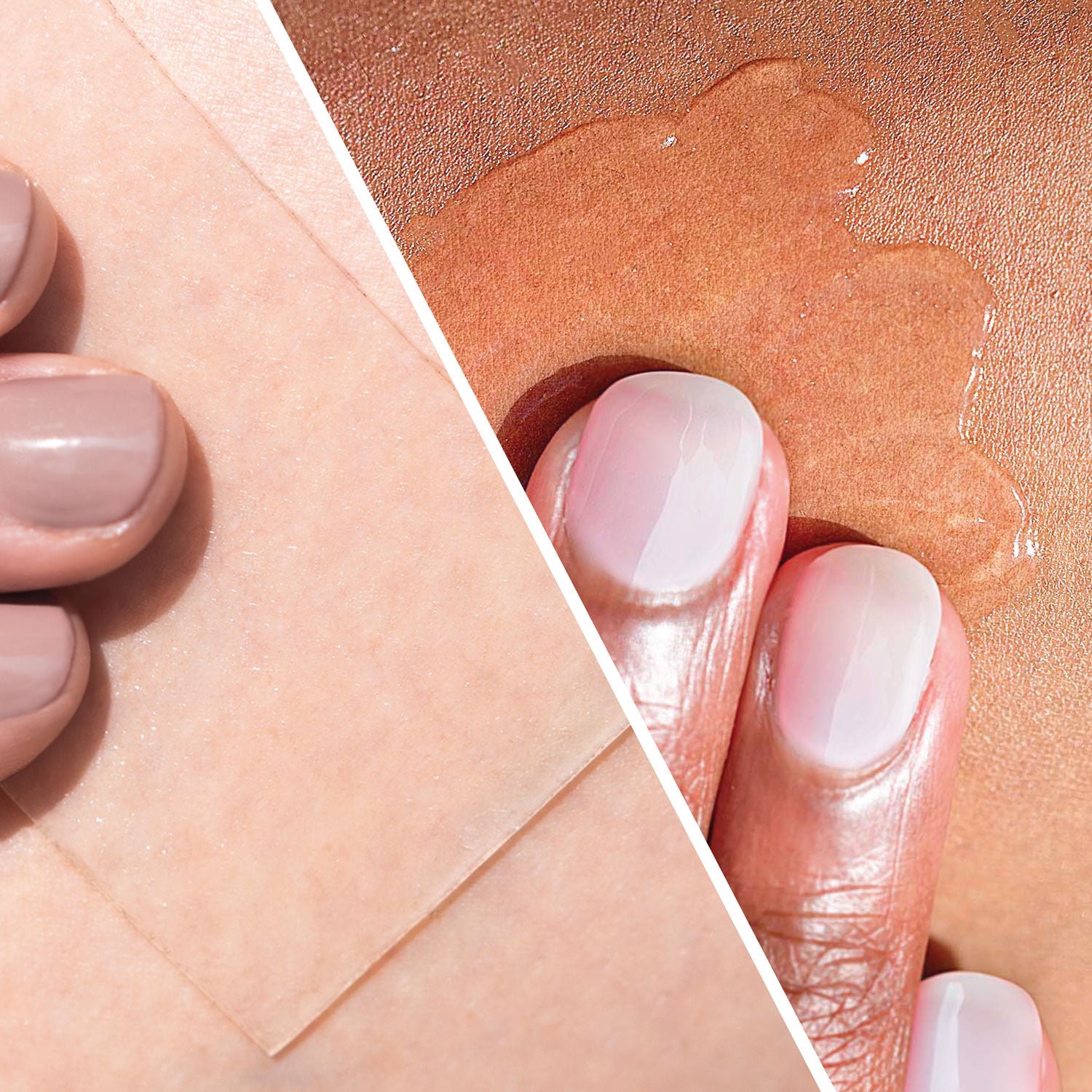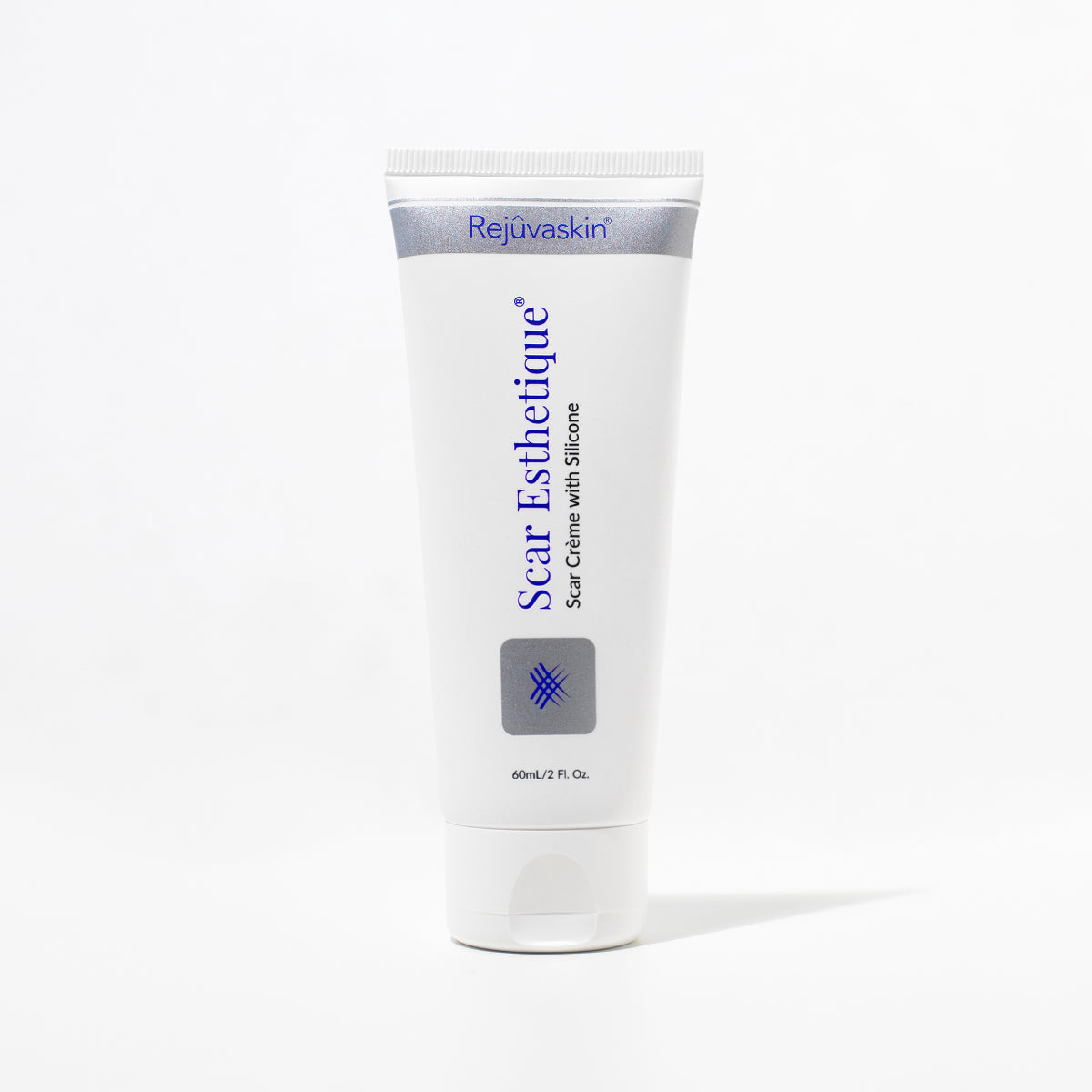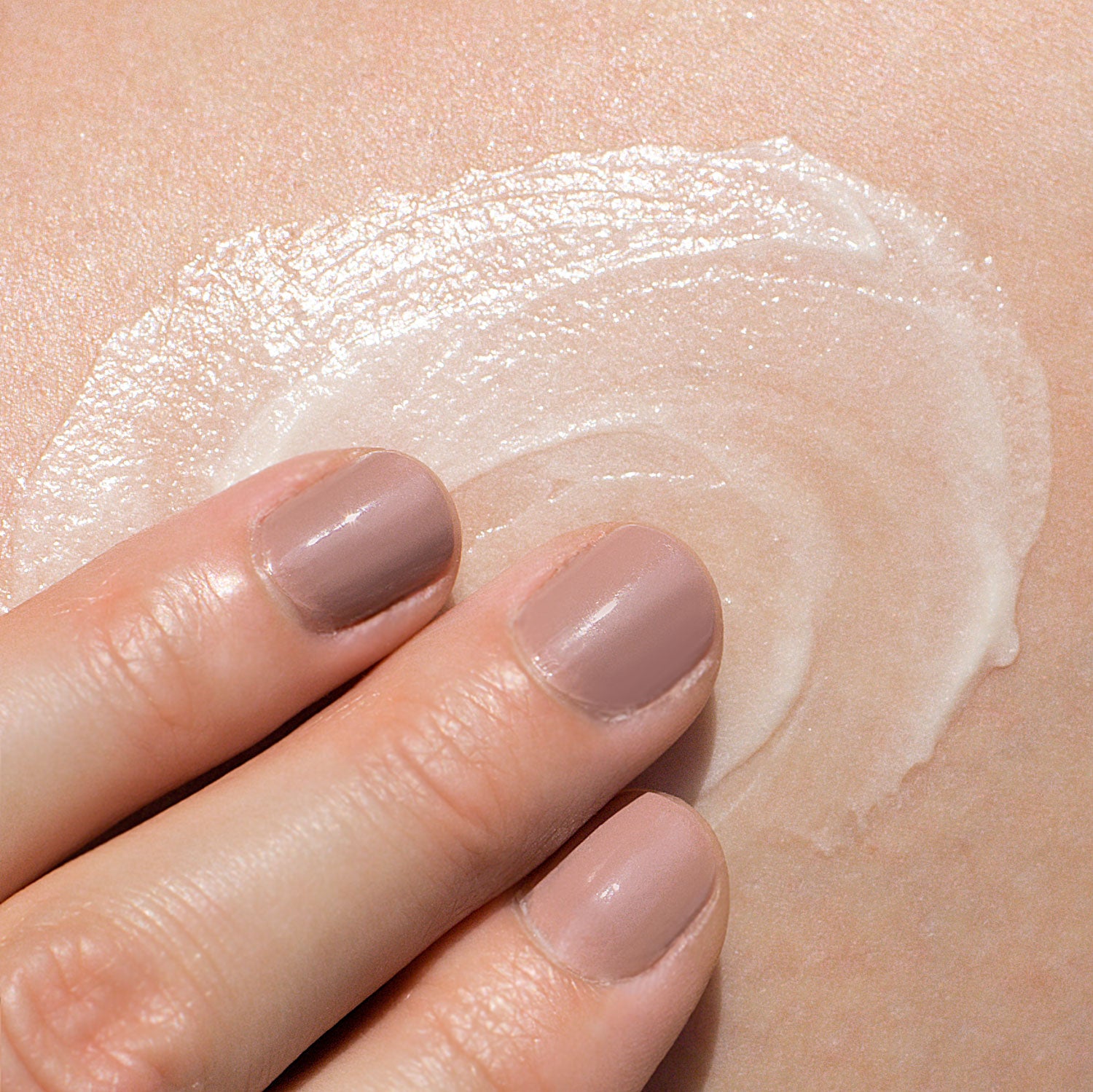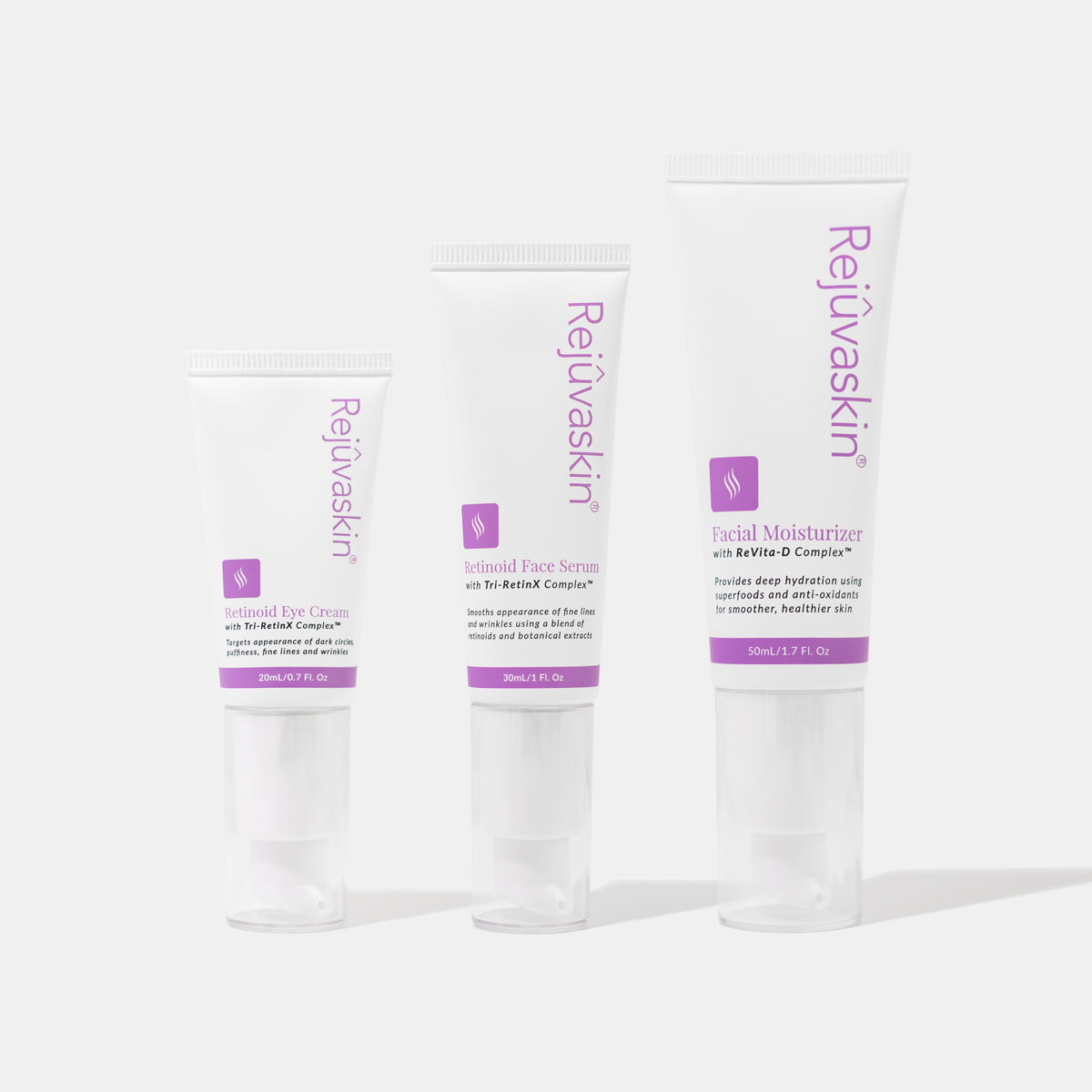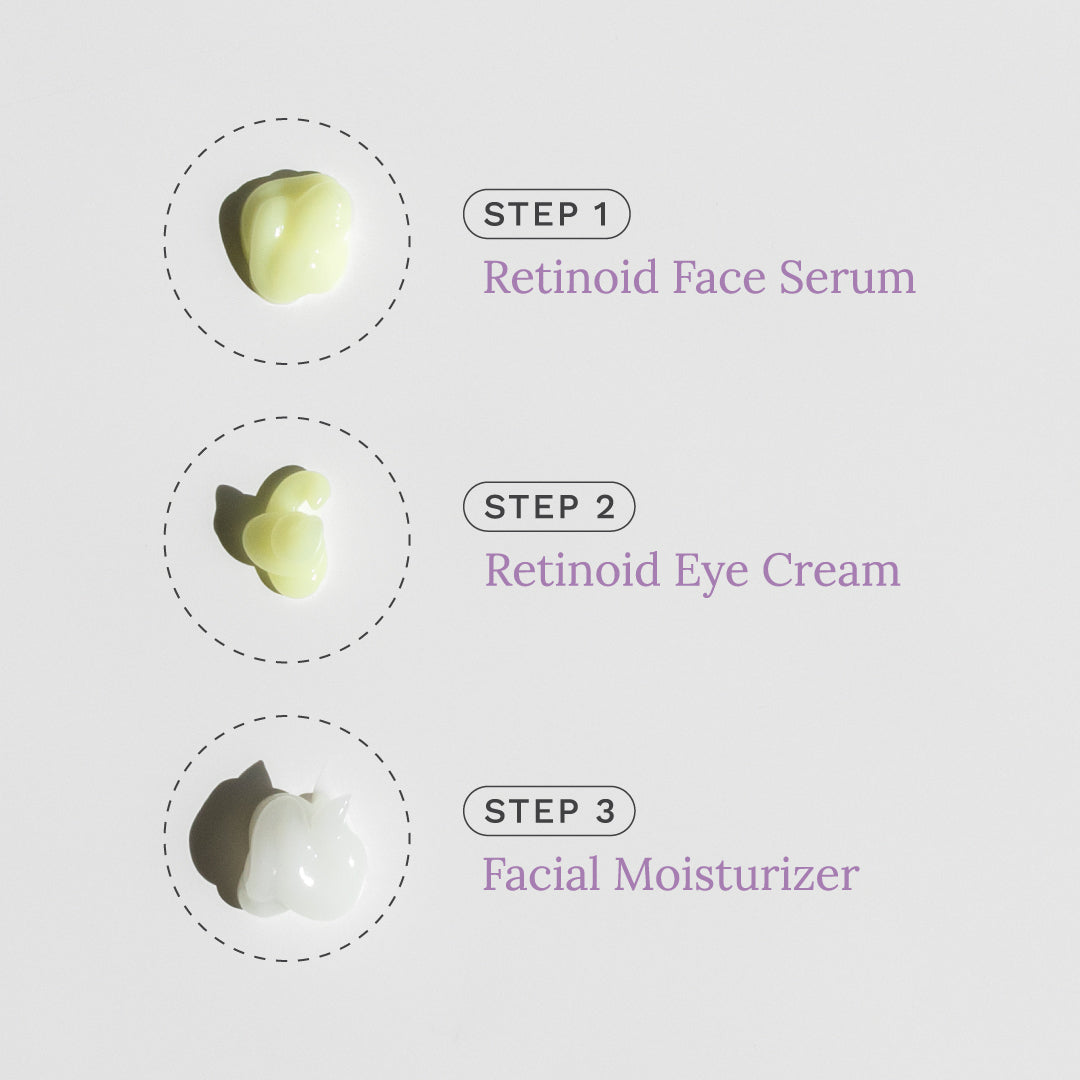You might not like scars, but they are a testament of our bodies having successfully healed a large wound. While scarring is a natural process, many of us don’t love the way they look on our bodies. From stretch marks to surgical scars, the process is the same: damage, wound repair, and scar softening. Regardless of the type of damage, the visual impact of scars can usually be lessened.
What Causes Scars?
There are numerous ways that the body’s first line of defense – the skin – can become damaged and broken. Common scars result from surgeries, the rapid stretching of the skin, large abrasions that require stitches, moderate burns, and more.
Generally speaking, scars will result from any wound that renders a portion of the skin missing. In the case of stretch marks, there isn’t enough skin to cover the surface area, so scar tissue is rapidly built to replace what is needed. When laceration occurs, either with or without stitches, there is a gap that must be breached with fibrous tissue – this is the body’s natural process to bind separated tissues back together.
How do wounds repair themselves?
Through the body’s natural healing processes, special fibrous tissue containing collagen is used to create small bridges from one end of the wound to the other. Much like a spiderweb or net, the collagen fibers hold the wound together tightly while other vascular and dermal tissues are repaired and replaced. These collagen fibers are extremely tough and actually rival normal skin in tightness – this is why scar tissue looks different than the original tissue around it.
Do scars heal over time?
Over time, scar tissue does soften and lighten. In some cases, depending on the location and how well the wound was cared for, scars can disappear entirely; the fibrous collagen remains, but the appearance of the scar tissue can diminish remarkably. A fresh scar is often slightly inflamed and raised, slowly fading to the normal skin color over time.
Some scars will remain raised, especially if wound healing is facilitated with the skin being raised or overlapped. It is extremely important to properly take care of wounds so that you have to worry less about diminishing the appearance of a scar later on.
How To Treat Scars
Most of us have at least one scar that we wish would disappear; some scars remind us of trauma, while others remind us of a great feat we accomplished, such as childbirth. Regardless of your reason for wanting your scars to be less visible, there are treatment options available.
No matter the size, shape, or color of your scar, you can minimize the appearance of scars with our silicone-based Scar Heal products. From topical scar cream and gels to the gold standard in scar management – silicone scar sheeting – our products are recommended by dermatologists and plastic surgeons around the world. Whether you are looking for a complete scar kit, silicone scar sheeting, silicone scar gel, or scar cream, we have you covered. We have what will work for you!
